Introduction:
Cacti offer various health benefits, both directly through their components and indirectly through their calming and stress-reducing effects on the environment. Below are some health benefits of growing cacti, supported by scientific sources:
- Air purification: Cacti, like many other plants, are known to remove pollutants from the air and improve indoor air quality. According to a study published in the "Journal of Toxicology and Environmental Health" by Wood et al. (2018), indoor plants, including cacti, can effectively remove volatile organic compounds (VOCs) and other harmful chemicals from the air, leading to improved respiratory health and overall well-being.
- Stress reduction and relaxation: Indoor greenery, including cacti, has been shown to have positive effects on reducing stress and promoting relaxation. A study by Bringslimark et al. (2007) in the "Journal of Environmental Psychology" found that the presence of plants in the indoor environment can lower stress levels, increase positive emotions, and contribute to better mental health.
- Improved humidity regulation: Cacti can help regulate indoor humidity levels by releasing moisture into the air through a process called transpiration. According to research published in "Building and Environment" by Memon et al. (2019), maintaining optimal indoor humidity levels can promote respiratory health, prevent dry skin, and alleviate allergy and asthma symptoms.
- Positive impact on mental health: The act of tending to plants, including cacti, can have positive effects on mental health and well-being. A study by Van den Berg and Custers (2011) in the "Journal of Health Psychology" found that gardening activities can reduce stress, anxiety, and symptoms of depression, leading to improved mental health outcomes.
- Aesthetically pleasing and calming environment: The presence of cacti and other plants in indoor spaces can create a visually appealing and calming atmosphere. A study by Park et al. (2018) in the "Journal of Physiological Anthropology" reported that viewing natural green landscapes can induce relaxation responses and contribute to overall positive emotions.
- Healing properties: Some cacti species have been traditionally used in folk medicine for their healing properties. For example, the prickly pear cactus (Opuntia species) has been studied for its potential anti-inflammatory and antioxidant effects. A review published in "Nutrition Journal" by Park et al. (2010) suggested that the consumption of prickly pear cactus extracts may help reduce inflammation and oxidative stress..
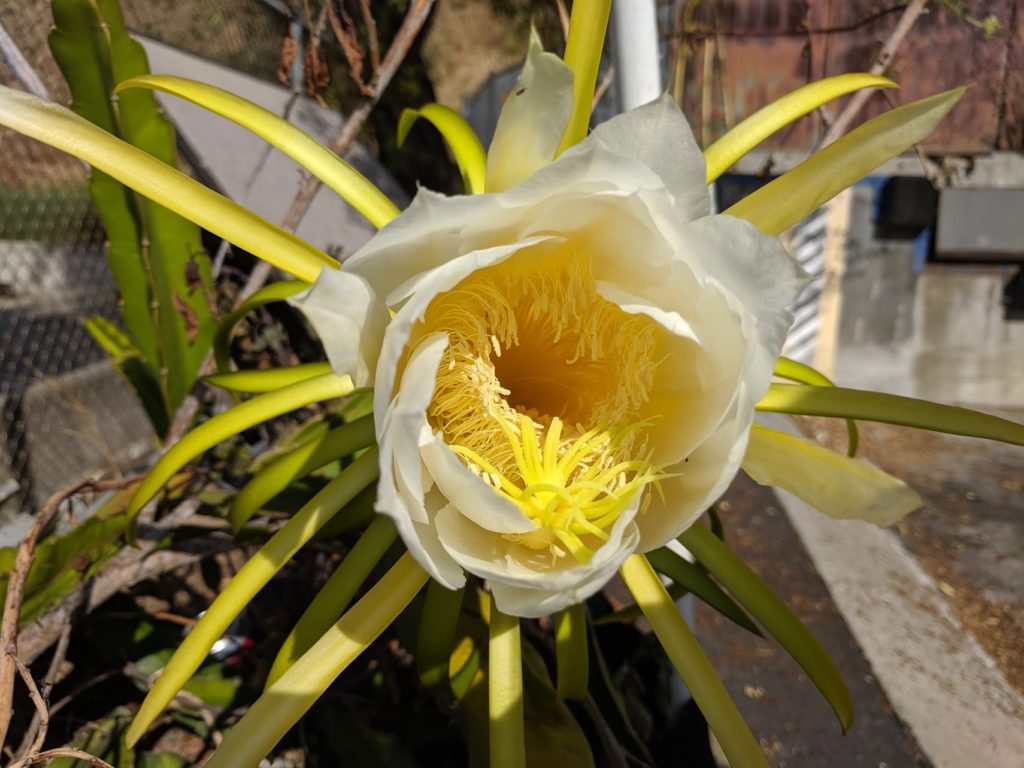
It's essential to note that while cacti can provide many health benefits, they should not be used as a sole substitute for medical treatments. Instead, they can complement a healthy lifestyle and contribute to a more pleasant and soothing living environment. Additionally, some cacti may have spines or thorns that can cause injury, so it's crucial to handle them with care and keep them out of reach of children and pets
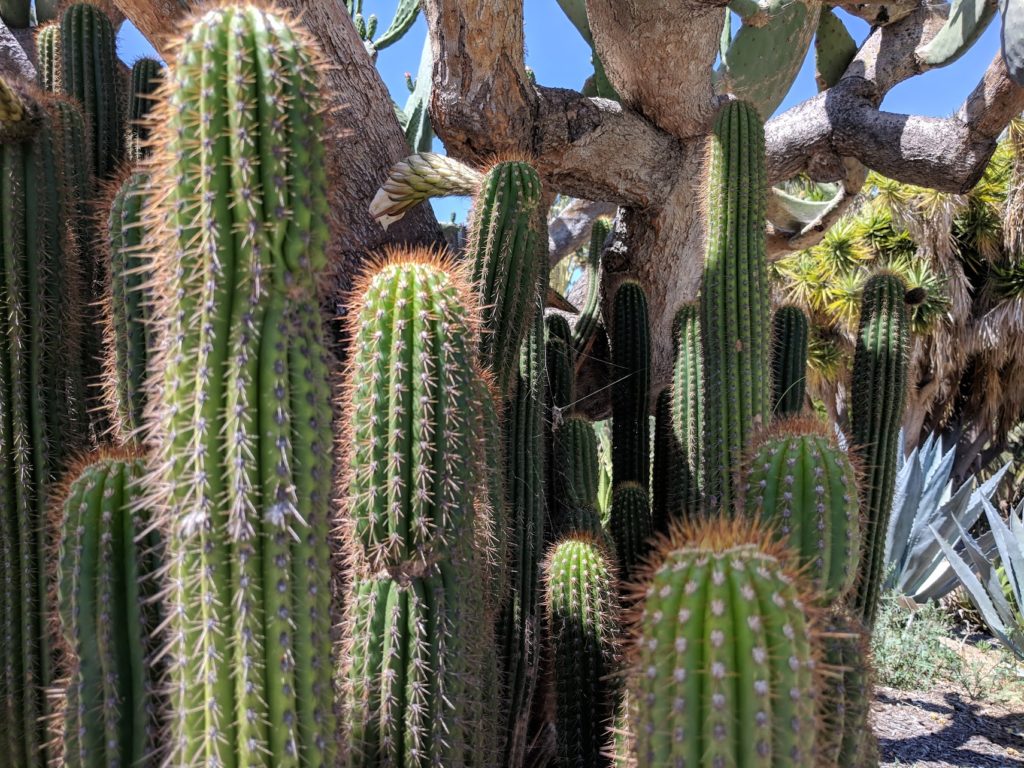
Now with that out of the way, are you ready to grow some cacti/cactus/cactuses?
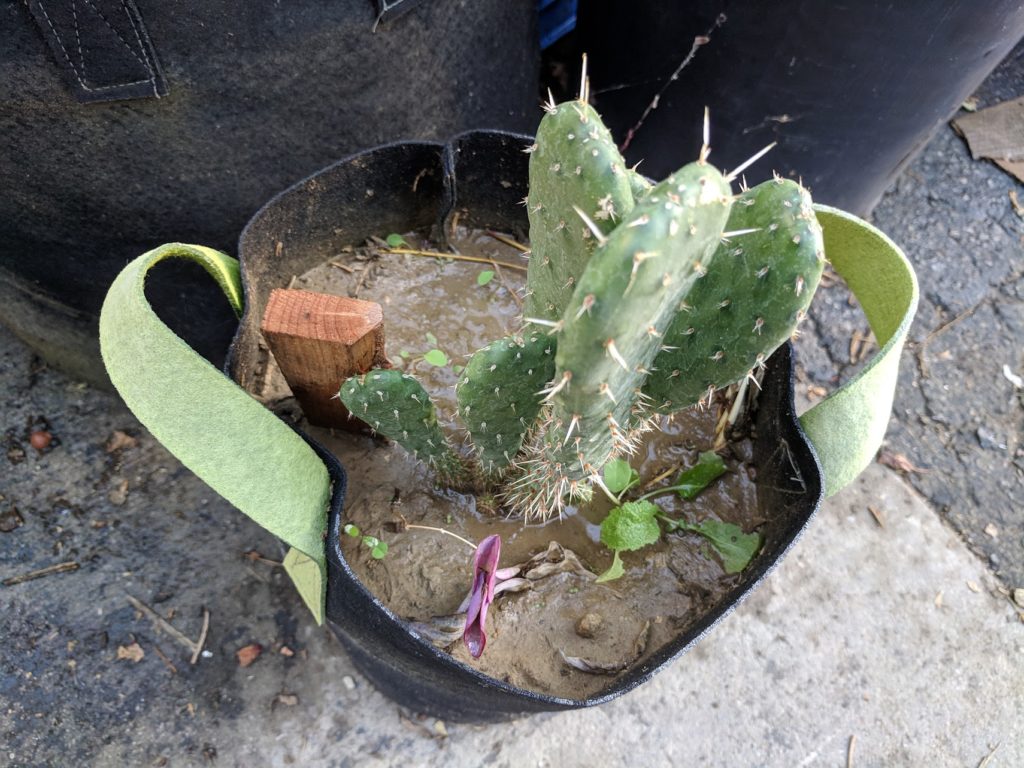
Growing Cacti in Fabric Pots
Cacti are fascinating plants known for their unique adaptations to survive in arid environments. Traditionally, they are grown in pots with well-draining soil mixes. However, modern gardening techniques have introduced the use of grow bags or aka fabric pots for various plants, including cacti. In this blog, we will explore whether growing cacti in grow bags is a viable and effective method. We'll draw on scientific sources to provide evidence-based insights and tips for successful cacti cultivation in grow bags.
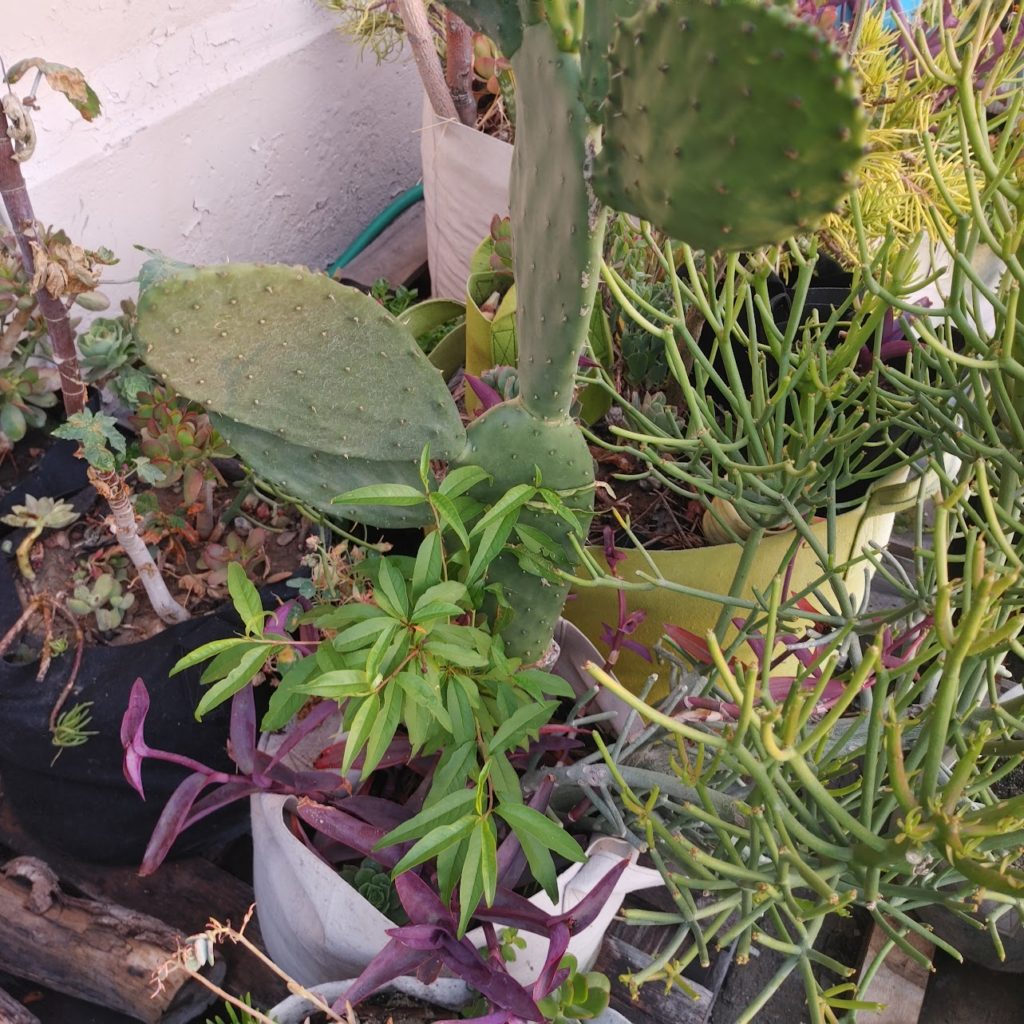
I. Advantages of Growing Cacti in Grow Bags:
- Enhanced Root Health: Research conducted by R. Karim and S. F. Matloob (2019) in "Journal of Soil Science and Plant Nutrition" found that grow bags provide better aeration and root growth compared to traditional pots. The porous nature of grow bag materials allows for improved oxygen exchange, reducing the risk of root rot and promoting healthier root systems in cacti.
- Water Management: Cacti are adapted to withstand periods of drought, making them susceptible to overwatering in conventional pots. According to a study published in "The Botanical Review" by J. Lüttge (2004), grow bags can help regulate water supply more efficiently, preventing waterlogged conditions that may harm cacti. Their ability to retain some moisture while allowing excess water to drain away makes them a suitable option for cactus cultivation.
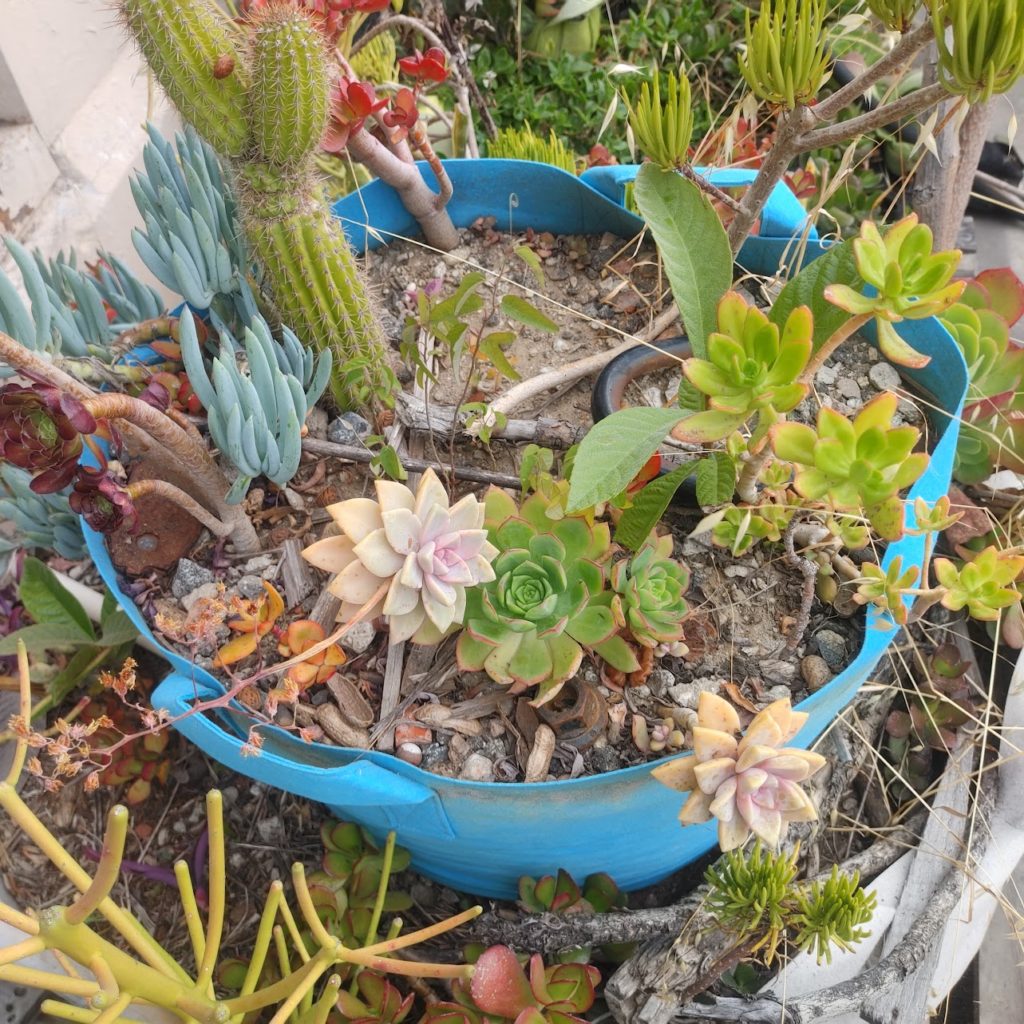
II. Selecting the Right Grow Bag:
- Material: Opt for grow bags made of breathable, durable materials like fabric or polyethylene. A study by S. Agarwal and R. R. Upadhyay (2016) in "International Journal of Agriculture Sciences" emphasized the importance of selecting grow bags with good breathability to support root health and prevent waterlogging.
- Size: Choose a grow bag that accommodates the cactus's current root system but also allows some room for future growth. A study by A. M. Heydari et al. (2017) in "Horticulture, Environment, and Biotechnology" suggested that providing sufficient space for root expansion can enhance overall plant growth and performance.
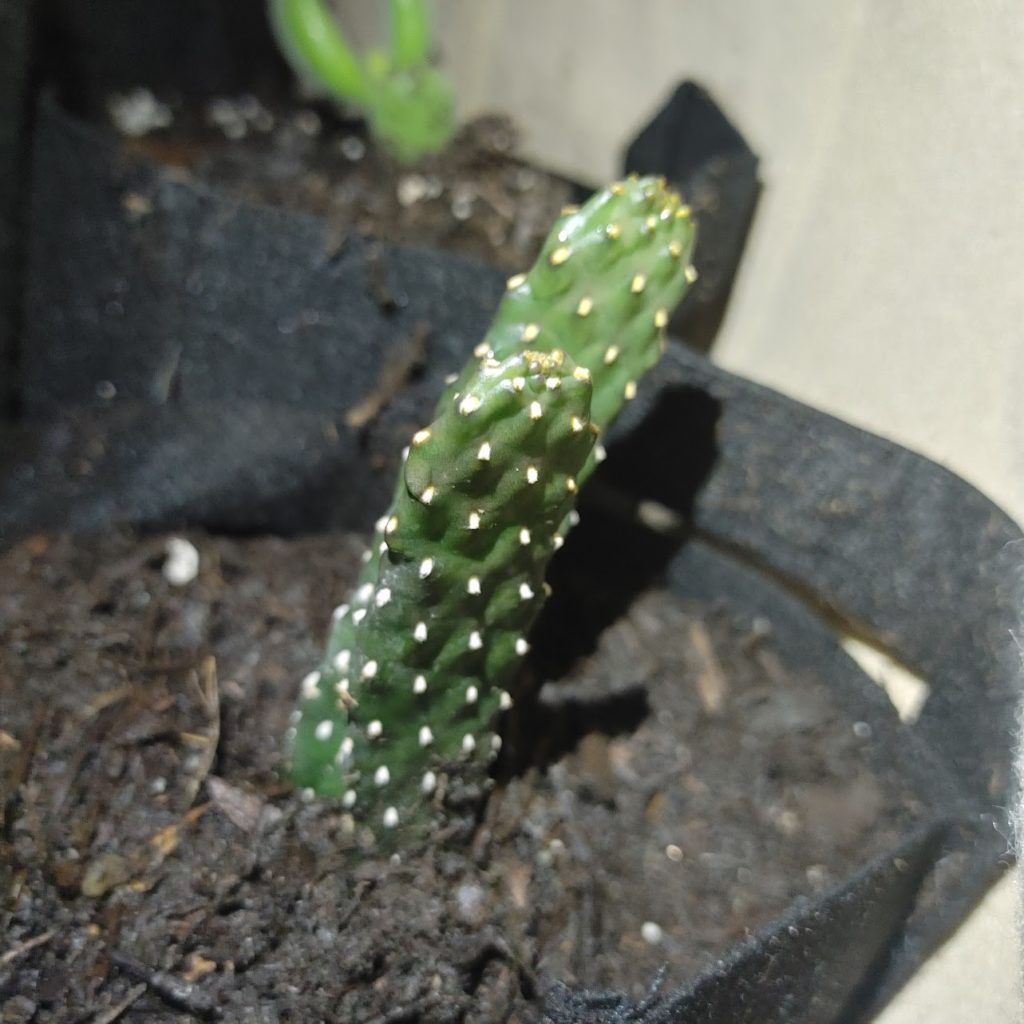
III. Soil Mix for Cacti in Grow Bags:
- Well-Draining Mix: Cacti require excellent drainage to prevent root rot. A mixture of coarse sand, perlite, and potting soil in a 1:1:2 ratio is commonly recommended. According to a study by S. A. Youssef et al. (2015) in "Acta Horticulturae," this mix allows for proper aeration and drainage, promoting healthy root development.
- Nutrient Content: While cacti prefer low-nutrient environments, they still require some essential nutrients. Incorporate a balanced cactus fertilizer at half-strength during the growing season. A study by C. L. Unamba et al. (2019) in "Frontiers in Plant Science" emphasized the importance of providing balanced nutrition for optimal cactus growth.
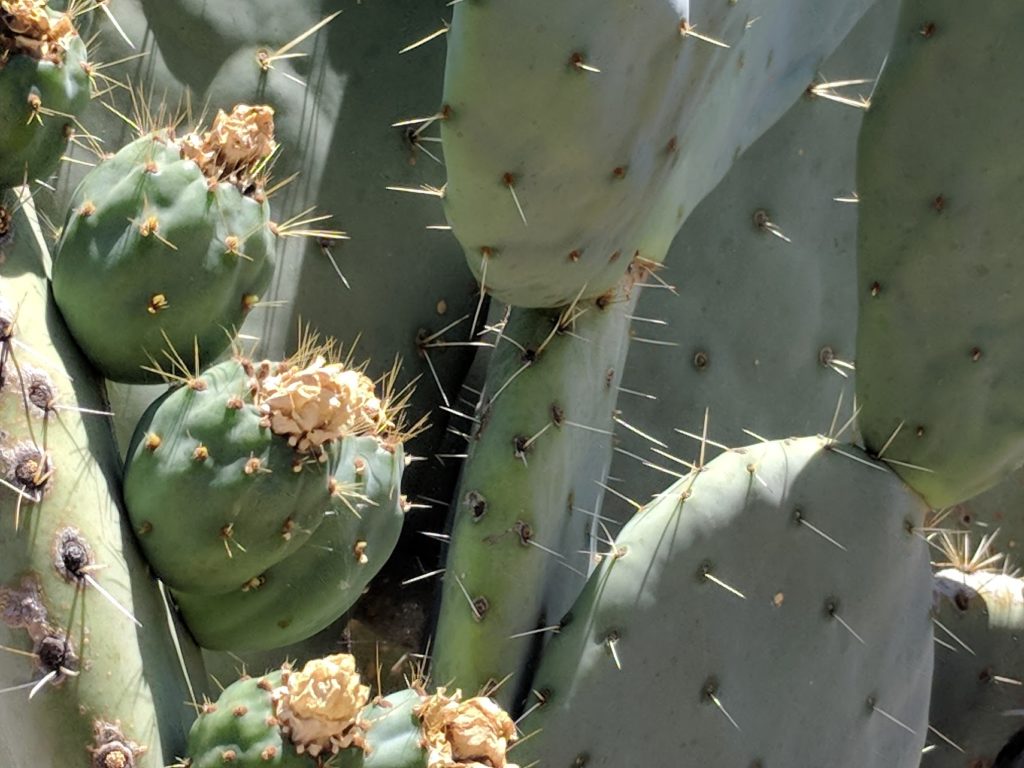
IV. Care and Maintenance:
- Watering: Water your cacti in grow bags sparingly. Follow the "soak and dry" method, allowing the soil to dry out completely between waterings. A study by A. C. Gibson (2013) in "Economic Botany" found that cacti thrive with periodic water stress, replicating their natural habitat conditions.
- Sunlight: Position your grow bags in a location that receives ample sunlight. Cacti generally require 6 to 8 hours of sunlight daily for optimal growth and flowering, as stated in a study by M. K. Arakaki et al. (2018) in "Frontiers in Plant Science."
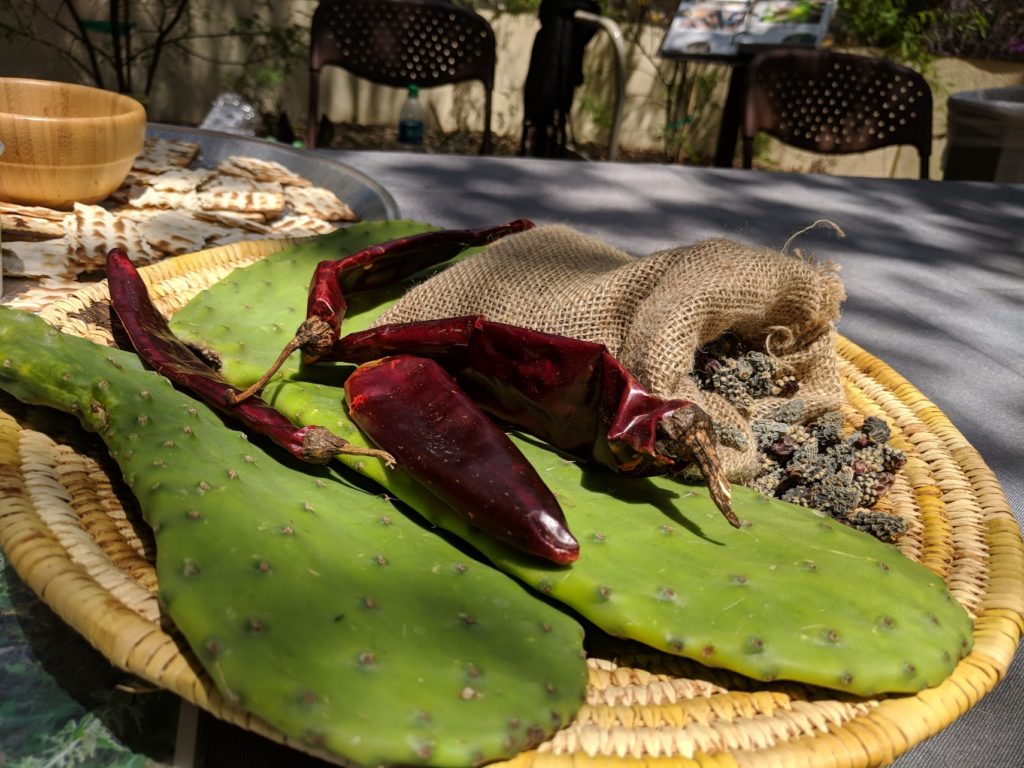
Conclusion:
Finally, growing cacti in grow bags is a viable and efficient method, supported by scientific evidence. The improved root health, water management, and overall growth performance make grow bags a valuable alternative to conventional pots. By selecting the right grow bag, using a well-draining soil mix, and providing adequate care, you can enjoy thriving cacti with less hassle. So, grab your grow bags and get ready to experience the beauty and resilience of these magnificent desert plants in your own garden!

